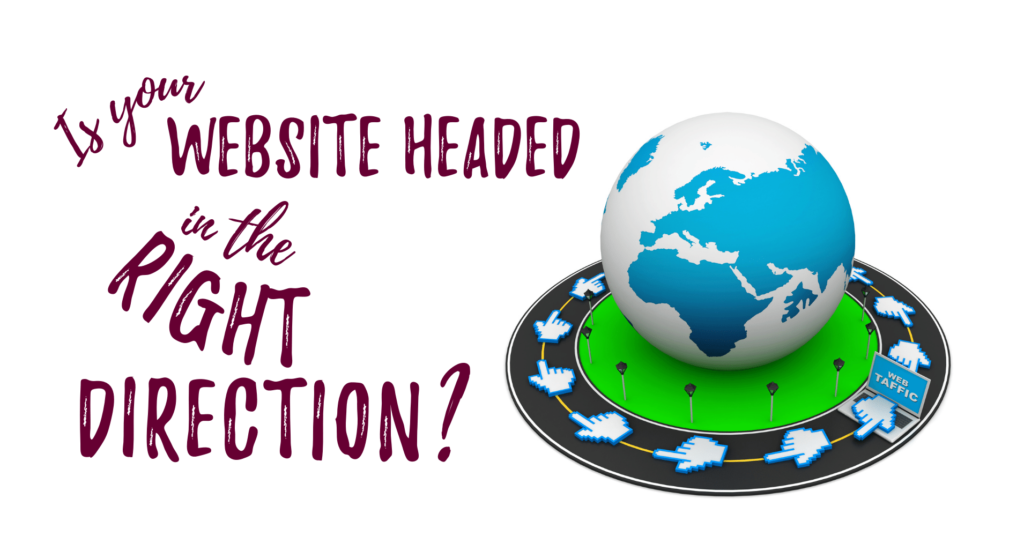Got Website?
By now you probably have or are planning to have a website.
Either that, or you’re actively trying to avoid the website discussion altogether. 🙂
An awful lot of practitioners decide to build their own website, and if that’s the route you’re planning to take, I encourage you to ask yourself this question before you start:
Why are you building a website and what do you hope it will do for you?
When you don’t know where your website is going…
The reason it’s important to get clear on this is that when you don’t know where you’re headed, you can easily end up somewhere you didn’t intend to go.
For example, it’s common for practitioners to say that they want their website to help them get clients.
But so often when I look at a practitioner’s website, what I see is a brochure site that’s more like a wiki about their modality than a site built to attract clients to their specific practice.
Why is it so important to know where your website is headed?
It matters because when you build a site that doesn’t do what you intend, you lose the possibility of helping people who need you.
Research (the kind done by the business people I follow so you don’t have to) shows that if you’ve put all your marketing energy into creating a really beautiful “brochure” website, 96% of the people who come to your website are looking—but they’re NOT ready to buy.
And even more disheartening, they’re not going to spend more than a few seconds trying to figure out if they want to find out more by letting you keep in touch with them.
What does that even mean in… English?
Hang onto your hat, because this means a lot for the website you’re building to help your business:
- Fewer than 5 in 100 people who visit your website are ready to commit to working with you or anyone else whose site they visit at that time.
- If your website doesn’t answer their burning question, they aren’t going to stick around long enough to find out what the connection is between that beautiful picture you spent so much time finding and why they should be interested in you.
- If they don’t find you compelling within a few seconds… they leave.
- If your site is filled with information about your modality, the most likely action they will take is… to leave.
- If your site is slow to load… they leave.
- If you focus on your credentials, the length of your training, the story of how you got on the ferry every day to go to your class… they are going to go to the next site that popped up in their search on how to solve their problem.
In short… they leave.
What to do about your website?
First, don’t be depressed… it’s not hopeless!
If you can change the copy on your own site, you can easily start refining it to bring your website more in line with your intention.
1. Get clear on what you offer and how it lines up with what the specific people you wish would call are looking for.
Put that upfront on your website.
Don’t waste the most important real estate—what people see when they first land on your website—on a picture you chose because it makes you feel good about yourself or has deep meaning to you and zero meaning to anyone else.
Instead, choose a picture that speaks to your clients about why they came to your website in the first place.
2. Begin to focus on attracting people who are ready to commit to solving their problem, instead of browsing for more information.
3. Make sure you have a way to capture their contact information so that you can keep in touch with them as they decide what to do about whatever it is that made them find your website in the first place.
Your website is your 24/7 calling card…
Make sure it does what you intend!
~~~~~
If you’re planning to build your own website, I highly recommend only one course to help you. It runs twice a year, and you can get on the early notification list here.
If you don’t know what you offer or who you’re looking for, Love Your Business might be the solution.
Want more business building help like this? It’s what I send every week in my emails!


